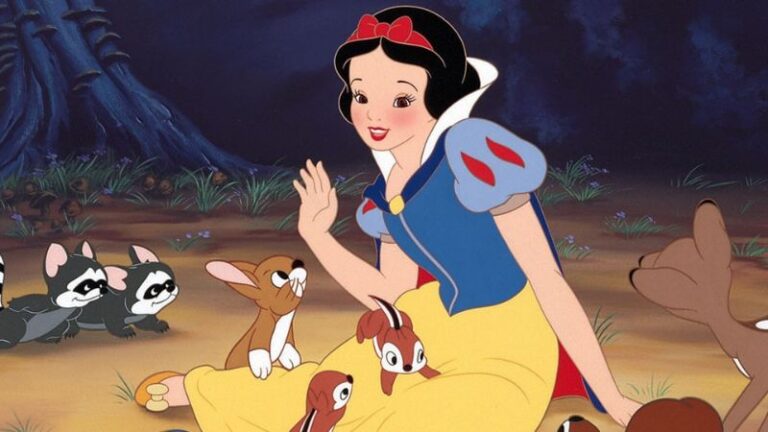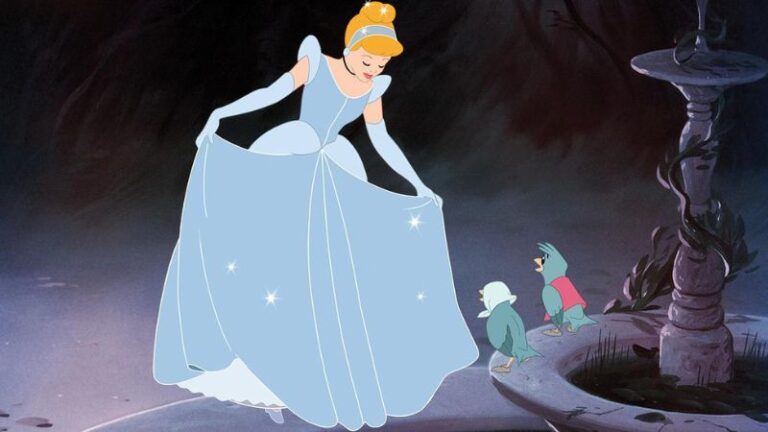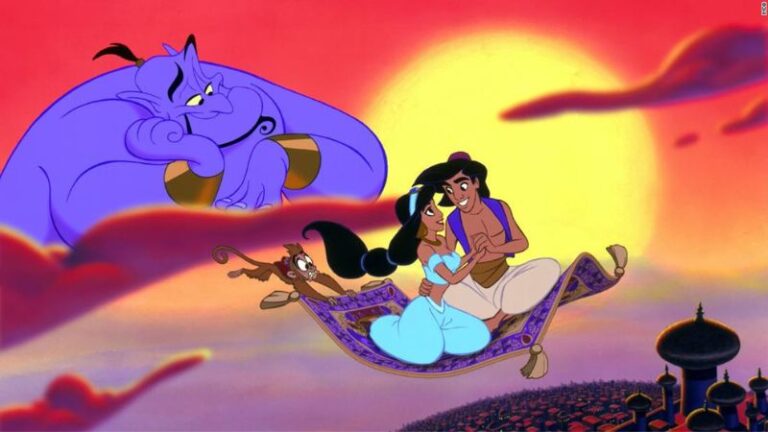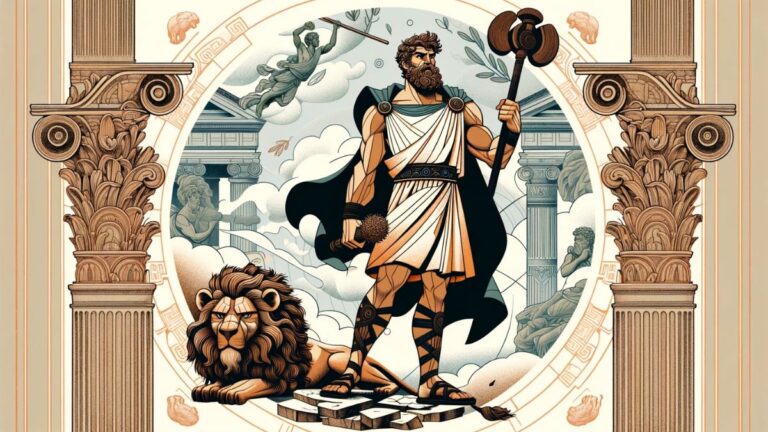The Original Pinocchio: The Darker Journey of Collodi’s Wooden Puppet
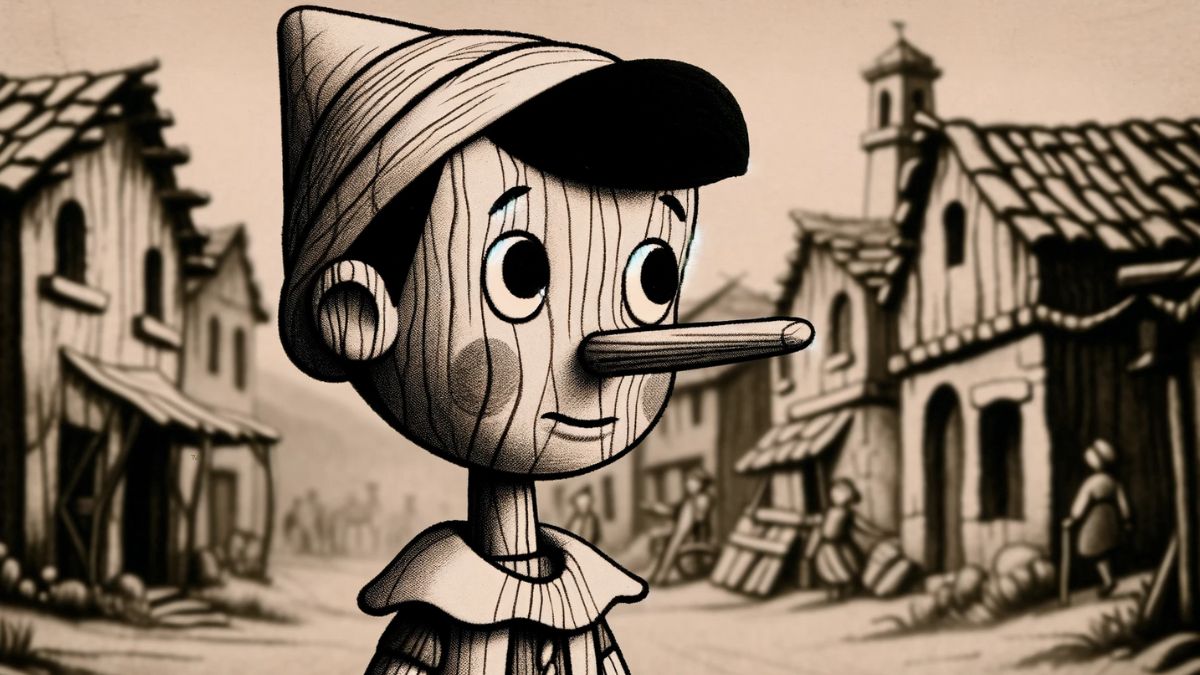
When you think of Pinocchio, you likely imagine the charming Disney movie with its singing crickets and moral lessons. However, the original tale of Pinocchio, penned by Carlo Collodi in 1883, takes a much darker journey. This article dives into the original story of the wooden puppet, revealing a tale that is both fascinating and unsettling. We’ll explore how Collodi’s Pinocchio differs from the cheerful version many of us know, delving into themes and events that may surprise you.
The Harsh Realities of Collodi’s World
Carlo Collodi’s world in the original Pinocchio is starkly different from the cheerful settings we’re used to. This section explores how Collodi’s Italy was rife with social and economic challenges, painting a grim backdrop for Pinocchio’s story. The hardships faced by characters reflect the real struggles of 19th-century Italy, a far cry from the idealized world often portrayed in fairy tales.
Furthermore, Collodi didn’t shy away from depicting the brutal realities of life. His Pinocchio is a raw, unfiltered portrayal of a world where consequences are severe and often tragic. The story becomes a mirror reflecting the societal issues of the time, such as poverty, injustice, and the loss of innocence. This dark setting serves as a crucial element in understanding the depth and complexity of the original tale.
Pinocchio’s Troubling Adventures
Pinocchio’s journey in Collodi’s narrative is filled with peril and moral ambiguity, far from the sanitized adventures in later adaptations. In this section, we delve into the various misadventures that befall the wooden puppet, many of which are grim and even violent. The character of Pinocchio, impulsive and often misguided, encounters situations that are both distressing and thought-provoking.
These adventures reflect a darker interpretation of growth and learning. Unlike the more familiar story, where mistakes are met with gentle lessons, Collodi’s Pinocchio faces harsh consequences. His journey is a series of difficult trials, each presenting a stark lesson in the harsh realities of life. This exploration highlights the stark contrasts between Collodi’s original narrative and the more familiar, sanitized versions.
Moral Lessons in a Darker Tone
While the original Pinocchio is undeniably darker, it still conveys important moral lessons. This section examines the ethical themes present in Collodi’s story, focusing on how they are presented through a more somber lens. The lessons Pinocchio learns are hard-earned, often resulting from suffering and regret.
Collodi’s approach to teaching morals is blunt and direct, offering a stark contrast to the subtler methods seen in modern storytelling. This directness adds a layer of intensity to the story, making the lessons more impactful but also more unsettling. The exploration here helps us understand how moral tales were told in a different era, and what that says about the society they were created in.
The Evolution of Pinocchio’s Tale
From its origins in Collodi’s imagination to its various adaptations, Pinocchio’s story has undergone significant transformations. This section traces the evolution of the tale, highlighting how it has been softened and altered to suit different audiences and times. We’ll explore how the original themes and elements have been modified or omitted in subsequent versions.
This evolution reflects broader changes in societal attitudes and cultural norms regarding storytelling, particularly in children’s literature. By understanding these changes, we can appreciate the significance of Collodi’s original work and its lasting influence on the world of fairy tales and moral stories. The journey of Pinocchio, both as a character and as a story, serves as a fascinating case study in the evolution of narrative and cultural values.

